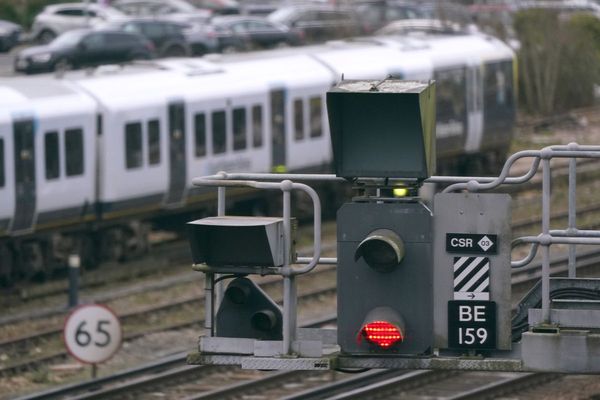The number of jobless people in the UK has dropped below levels seen before the pandemic struck for the first time, but earnings continue to fall behind rocketing inflation, according to official figures. The Office for National Statistics (ONS) said there were 1.34 million unemployed in the quarter to January, down 88,000 on the previous three months and below the 1.36 million recorded in December to February 2020.
But the figures revealed the tightening squeeze of the cost-of-living crisis, as regular pay failed to keep up with soaring inflation, with average weekly earnings excluding bonuses up 3.8% between November and January. When taking rising prices into account, as measured by Consumer Prices Index (CPI) inflation, wages fell by 1.6% compared with a year earlier, according to the ONS.
Experts have warned that the pressure on household finances will intensify due to the Ukraine conflict, with eye-watering gas and fuel prices set to see inflation rise from 5.5% currently to nearly 9% or more in April. Chancellor Rishi Sunak acknowledged concerns over the rising cost of living, but cheered “a year of falling unemployment and a stronger jobs market bounce-back than so many predicted”.
“I am confident that our labour market is in a good position to deal with the current global challenges, with payrolled employee numbers above pre-pandemic levels in every nation and region and redundancies at record lows,” he added. The ONS figures showed the unemployment rate falling back once again, to a lower-than-expected 3.9% in the most recent quarter, down from 4.1% in the three months to December.
It came as the number of workers on payrolls jumped by 275,000 between January and February to a fresh record of 29.7 million, with the ONS saying demand for workers “remains strong”. Vacancies also hit a new high, up 105,000 quarter on quarter to 1.3 million as firms scrambled to secure staff amid a recovering wider economy.
But a shrinking labour market, due mostly to older workers choosing to retire early throughout the pandemic, has also seen the number of employed Britons drop 12,000 to 32.5 million in the most recent quarter. ONS chief economist Grant Fitzner said: “The labour market continues to recover from the effects of the pandemic, with the number of unemployed people falling below its pre-pandemic level for the first time and another strong rise in employees on payroll in February.
“However, the number of people out of work and not looking for a job rose again, meaning total employment remained well below its pre-pandemic level. “We have seen yet another record number of job vacancies and, with the redundancy rate falling to a new record low, demand for workers remains strong.”
Samuel Tombs, at Pantheon Macroeconomics, said the jobs market may start to come off the boil later this year. “Labour demand will be hit by the increase in employers’ National Insurance contributions in April,” he said. “In addition, the workforce should start to grow at its typical pre-Covid rate soon, as immigration recovers and some people who stayed in education or left the labour market due to Covid return.”







